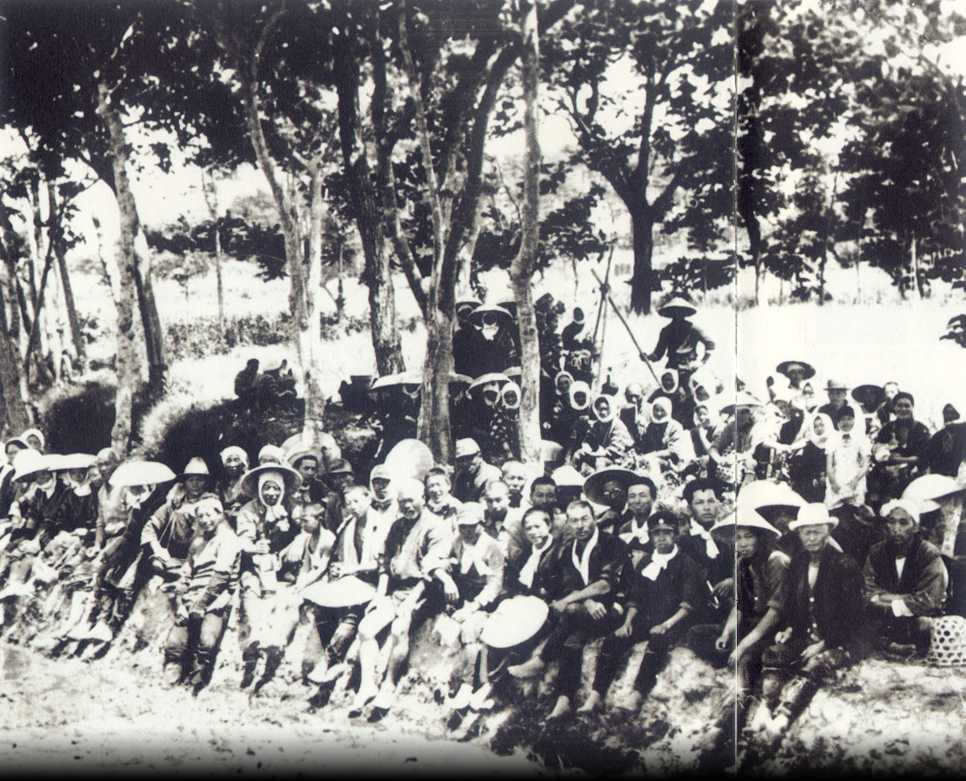

It is already mentioned that today Japan’s greatest rice belt lies in the Niigata Plain.
The photographs in the front pages depict the reality of farmers at the time when cameras began to be used to capture scenes of the times. To be precise, it was in 1955 that the practice of dobune nougyo (agriculture by dredge-boats) came to an end as the Kurinoki Drainage Pump Station (now the Oyamatsu Drainage Pump Station), Niigo River Drainage Pump Station, and other such facilities started their operations. And the flood which occurred in 1967 was the last large one in the region.
In other words, Niigata only became a fertile rice belt in the first few decades following World War II.
How was Niigata able to catch up with other productive plains and became the best in Japan within just a couple of decades after the war?
Many people may attribute this to modern irrigation, drainage, and reclamation techniques as well as river engineering.
This may be correct, or may not be correct.
“Cultivators of the earth are the most valuable citizens. They are the most vigorous, the most independent, the most virtuous…" These are the words of Thomas Jefferson, the third President of the United States.
Shouldering hoes and plows, farmers patiently and steadfastly tackled the muddy land covered with reeds, planted rice as they sank to their shoulders in snowmelt water, carved the mountains to change river flows, while battling harvest mites and water grasses, conveying soil by boat to fields periodically protecting their families from neighboring villages and samurais. They lost everything in violent floods every three years, then started all over again from scratch, and continually walked yet again to muddy land from the beginning of a new day. Their indomitable spirit must truly be unparalleled in the world.
Great people such as village headmen who continually petitioned over two generations spending huge family fortunes, and farmers who sacrificed their lives to protect flood gates, as well as many other self-sacrificing individuals and benefactors, both famous and unknown, all willing to serve the people. People’s honor and dignity rests on countless names inscribed on tens of thousands of epitaphs.
And lastly, there was the ingenuity and wisdom of the farmers, whose experiences and knowledges have been observable in many parts of the plain, some of which are even superior to modern engineering techniques.
Over the last 300 years, the farmers of Niigata used their hands to transform a vast, 100,000 hectare river and sea into farmland. These legacy of their achievement works effectively even today in this region, which far exceeds modern irrigation, drainage and reclamation engineering.
Farmlands nurture people, and in turn people nurture farmlands.
Without doubt, Japan’s most fertile rice fields in the Niigata Plain today were nurtured just in this manner.